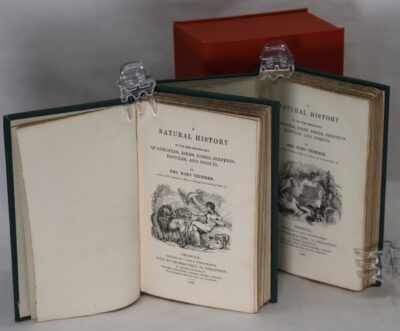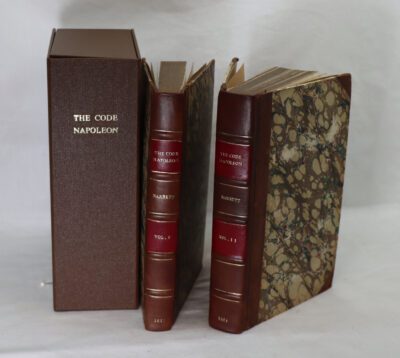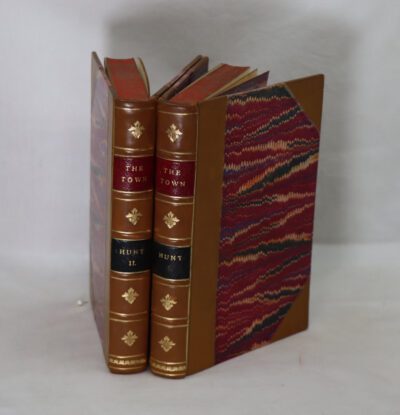The Pleasures of the Torture Chamber.
By John Swain
Printed: 1931
Publisher: Noel Douglas. London
Edition: First edition
| Dimensions | 16 × 23 × 2.5 cm |
|---|---|
| Language |
Language: English
Size (cminches): 16 x 23 x 2.5
Condition: Very good (See explanation of ratings)
Your items
Item information
Description
Cream cloth spine with navy title. Green cloth boards.
F.B.A. provides an in-depth photographic presentation of this item to stimulate your feeling and touch. More traditional book descriptions are immediately available.
First Edition: A scarce well-kept, rare, and unusual book
Review: In an era when terms like rape, torture, genocide, and the like get thrown around with less and less caution it can be instructive to do a little reading on what they once did mean. “The Pleasures of the Torture Chamber” is an attempt at doing so. Notably, it was written in 1931, i.e., before most of the major atrocities of the 20th century took place. It is also noteworthy that the author makes the important distinction between torture used to extract information of some sort, e.g. a confession, and torture used as punishment for a crime or other misstep. If you are the squeamish sort you may want to pass on this one, but for the rest it is essentially a dry compilation of classical torture instruments and methods, ranging from “the wheel” a contraption used to conveniently (for the torturer, not the torturee) break the limbs of the chosen victim, to pressing others under increasing piles of stone blocks (chapter heading “Compression”). In many instances the whole point was to not kill people but to inflict what was deemed an appropriate amount of pain. Perhaps it was difficult for Mr. Swain to find a good editor for this unusual topic or perhaps it is something else, but the book is not all that great as a piece of writing. Figures seem misplaced and are of fairly poor quality. Worse in my mind is that there is little context to all the gruesomeness. I always wonder who the torturers were and what provided the appropriate motivation to carry on with their job. Were people’s outlooks just so different then that being a torturer was just another job, perhaps even a high status one? Did these people have little R&D departments on the side where torture methods were refined – “Hey Sigmund, I get 20% more screams from my new and improved nail puller than with the old one!”? None of those aspects are discussed in the book. I also can’t quite tell if the author is meant to be glib in the way he picks chapter titles, among them “Miscellaneous Merriments of the Olden Time”, “Of the Culinary Arts”, etc. Even in our enlightened times people still get sadistic pleasure, or at least indifference, out of other people’s suffering. That should be condemned. On the other hand, I think there is a fundamental difference in pulling pieces of flesh off with hot pliers than some of what our current societal sensibilities deem to be torture. As with other loaded words it is important not to water down the meaning of these words as the true victims of torture will then be victimized once more.
Condition notes
Want to know more about this item?

Share this Page with a friend











